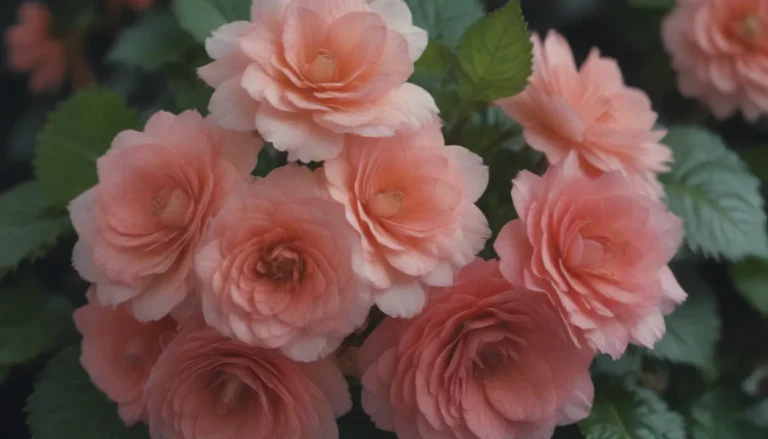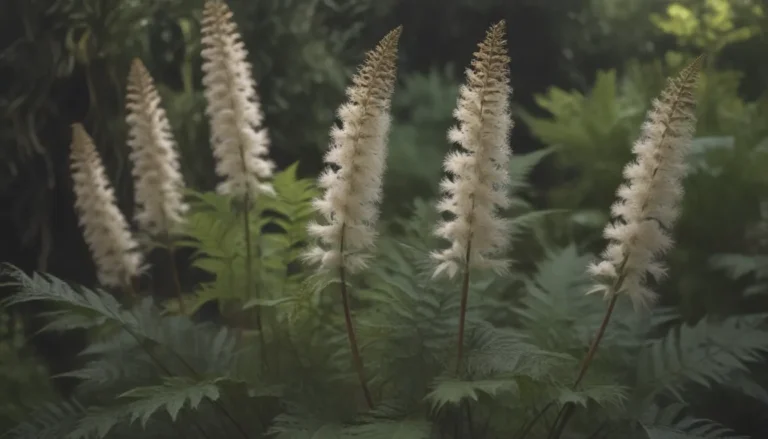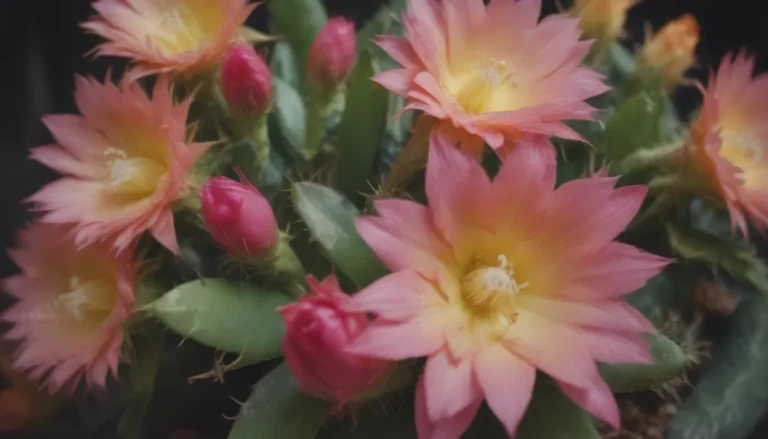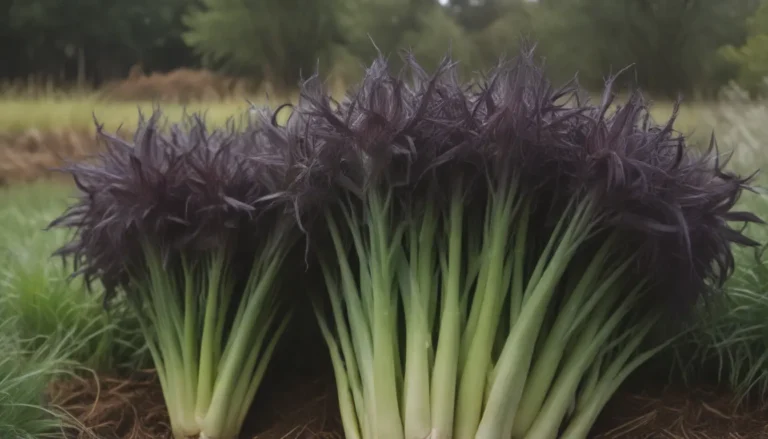A Comprehensive Guide on Growing and Caring for Cineraria
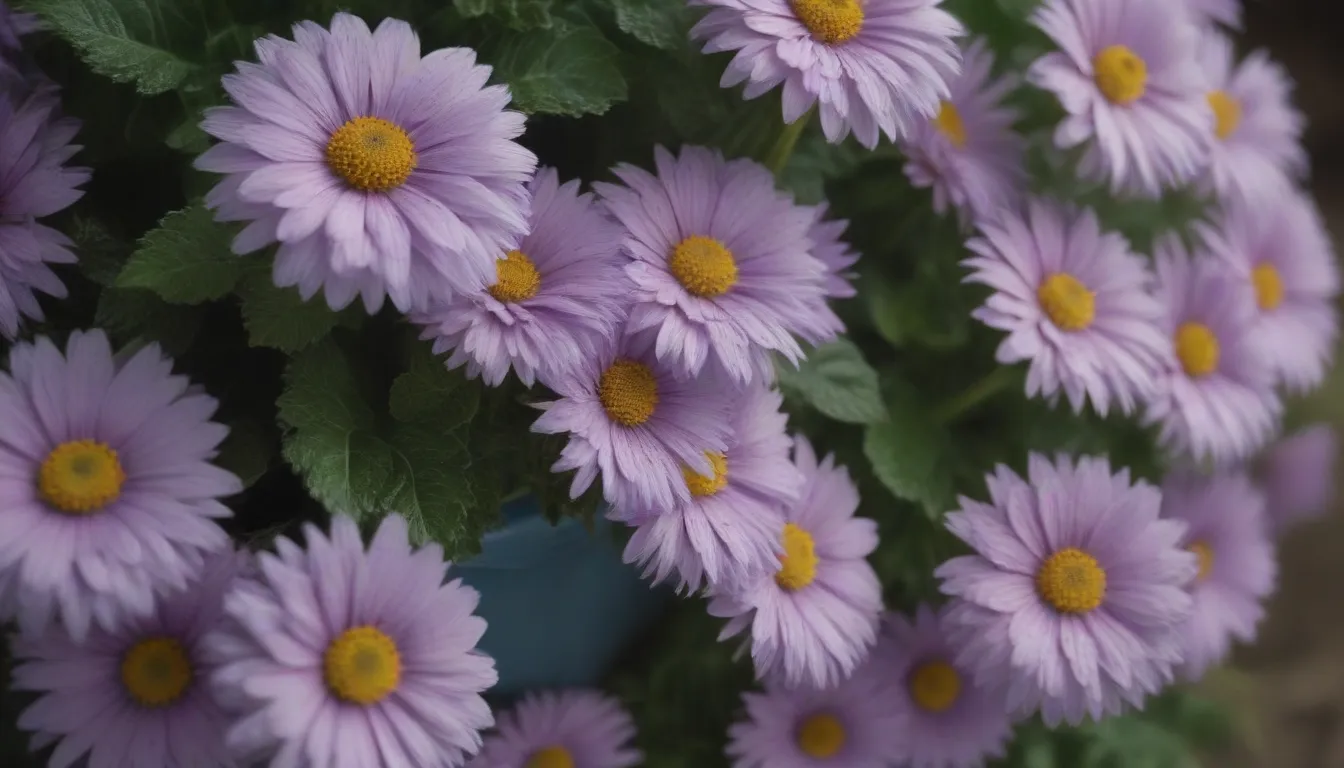
If you’re looking to add a splash of vibrant color to your garden or home, Cineraria is the perfect choice. This hybrid plant, a cross between Pericallis cruenta and P. lanata, boasts a wide range of colors and long-lasting blooms that are sure to brighten up any space. In this in-depth guide, we will explore everything you need to know about growing and caring for Cineraria to ensure they thrive and bring beauty to your surroundings.
Understanding Cineraria
Cineraria is a tender perennial that is hardy in USDA cold hardiness zones 9 to 11, but it is commonly grown as an annual or short-lived seasonal houseplant. With its mound-forming growth habit and large leaves covered in blossoms, Cineraria is a popular choice for those looking to add a pop of color to their gardens or indoor spaces. Available in shades of pink, red, purple, blue, and many bi-colors, Cineraria is a versatile plant that can be enjoyed in various settings.
Benefits of Growing Cineraria
- Wide range of vibrant colors
- Long-lasting blooms
- Mound-forming growth habit
- Suitable for both indoor and outdoor cultivation
Growing Conditions for Cineraria
To ensure your Cineraria plants thrive, it’s essential to provide them with the right growing conditions. Here are some factors to consider when growing Cineraria:
Light
Cineraria thrives in filtered sunlight or partial shade conditions and should be protected from full sunlight. When grown indoors, they prefer bright yet filtered sunlight to ensure healthy growth.
Soil
Cineraria prefers a rich, moist, slightly acidic soil with good drainage. Adding amendments such as peat moss and coffee grounds can help create the ideal soil conditions for these plants. A standard potting mix with a high percentage of peat is suitable for indoor cultivation.
Water
Cineraria plants require constant moisture but also need the soil to be well-draining. Water the plants well at the base, ensuring the soil remains moist but not soggy. Consistent watering is crucial, especially during hot weather, to keep the plants healthy.
Temperature and Humidity
Cineraria plants prefer temperatures between 50 and 65 degrees Fahrenheit and thrive in a humid yet not overly tropical environment. Ensure the plants are shaded during hot weather and maintain proper humidity levels by using a pebble tray for indoor plants.
Fertilizer
Feed Cineraria plants with a half-strength balanced fertilizer every two weeks, starting when flower buds appear. Avoid over-fertilizing, as these plants prefer steady, light feeding to promote healthy blooming.
Types of Cineraria
Cineraria is available in various named color mixes, each offering a unique array of colors and characteristics. Popular varieties include the ‘Senetti’ mix, ‘Cruenta Amigo’ mix, ‘Satellite Mix,’ and the ‘Early Perfection’ series, each with its own set of attributes.
Pruning and Propagating Cineraria
To keep your Cineraria plants looking tidy and encourage prolonged blooming, it’s essential to deadhead spent flowers regularly. Additionally, Cineraria can be propagated from seed or stem cuttings, allowing you to expand your collection and enjoy more colorful blooms.
How to Grow Cineraria From Seed
When propagating Cineraria from seed, plant them in small pots or trays with commercial seed-starter mix, ensuring the seeds are lightly pressed into the soil. Keep the seeds moist and provide ample light for germination, which typically takes 14 to 21 days. Once the seedlings develop true leaves, they can be transplanted into individual pots for continued growth.
Potting and Repotting Cineraria
When growing Cineraria in containers, use a standard commercial potting mix with a high peat content for best results. These plants prefer to be somewhat root-bound, so select small containers with good drainage to facilitate healthy growth. Indoor plants require additional light compared to outdoor plants and should be monitored closely for temperature and humidity levels.
Overwintering and Common Pests
After flowering, Cineraria plants are often removed from the garden, especially in regions where they cannot be grown as perennials. Common pests such as aphids, thrips, spider mites, and whiteflies can affect Cineraria, but can be managed with horticultural oil sprays. Disease issues like powdery mildew and fungal rot can also occur, particularly with indoor plants, so it’s essential to maintain proper soil moisture and humidity levels to prevent these problems.
Troubleshooting and Ensuring Blooming
To ensure your Cineraria plants bloom profusely, provide them with adequate water and nutrients, as well as consistent care. These plants are relatively demanding and require frequent light feeding to promote healthy blooming. Maintain proper moisture levels in the soil, avoid extremes in temperature, and protect the plants from harsh conditions to ensure they thrive and produce vibrant blooms.
Conclusion
In conclusion, Cineraria is a beautiful and versatile plant that can add a touch of color and elegance to any garden or indoor space. By following the tips and guidelines outlined in this comprehensive guide, you can grow and care for Cineraria successfully, ensuring they bloom beautifully and brighten up your surroundings. Whether you’re a seasoned gardener or a novice plant enthusiast, Cineraria is a wonderful choice for anyone looking to enhance their greenery collection and enjoy the beauty of nature.
